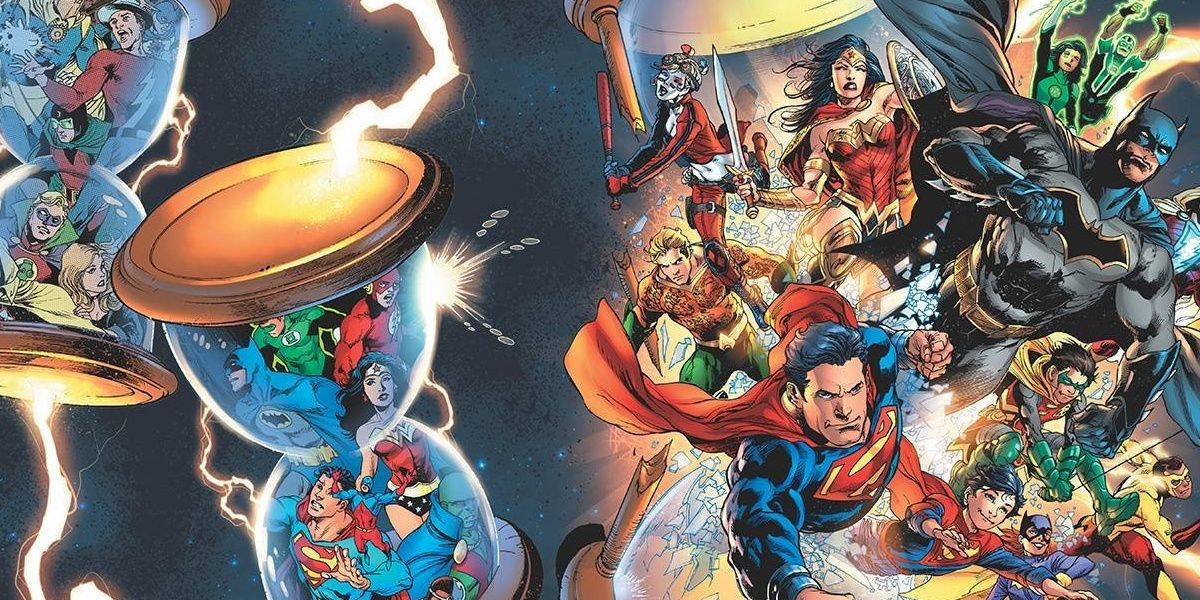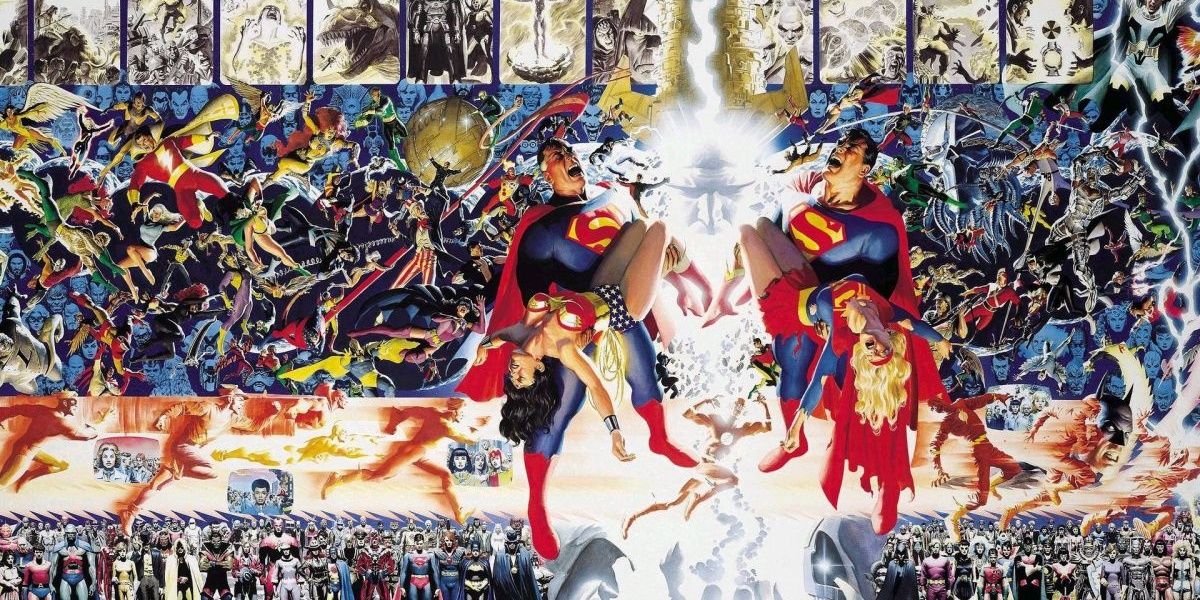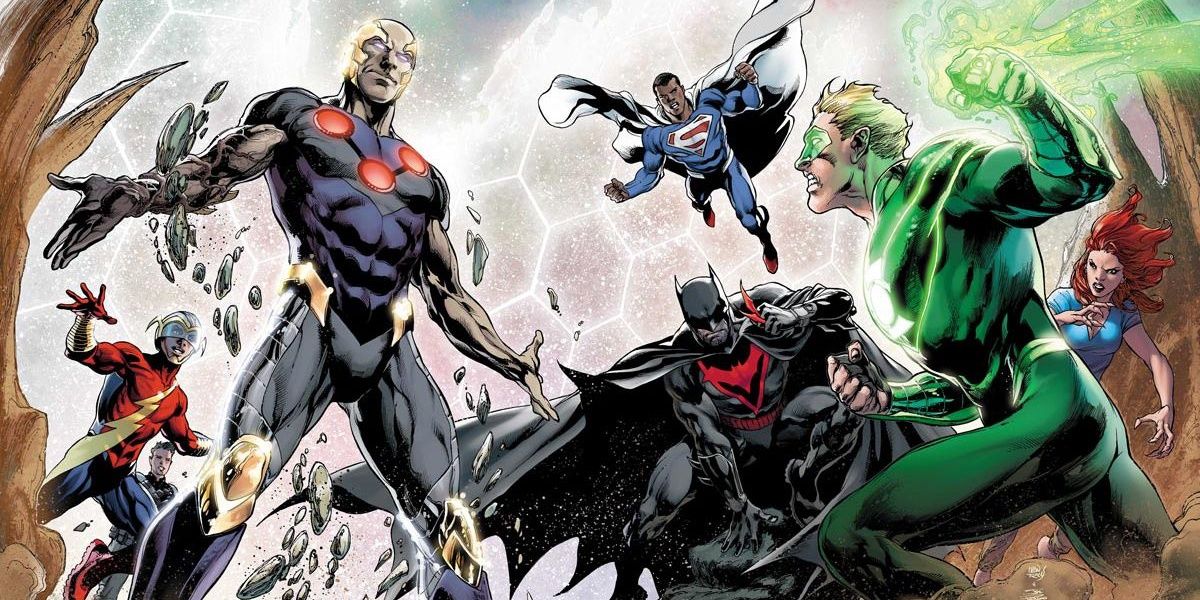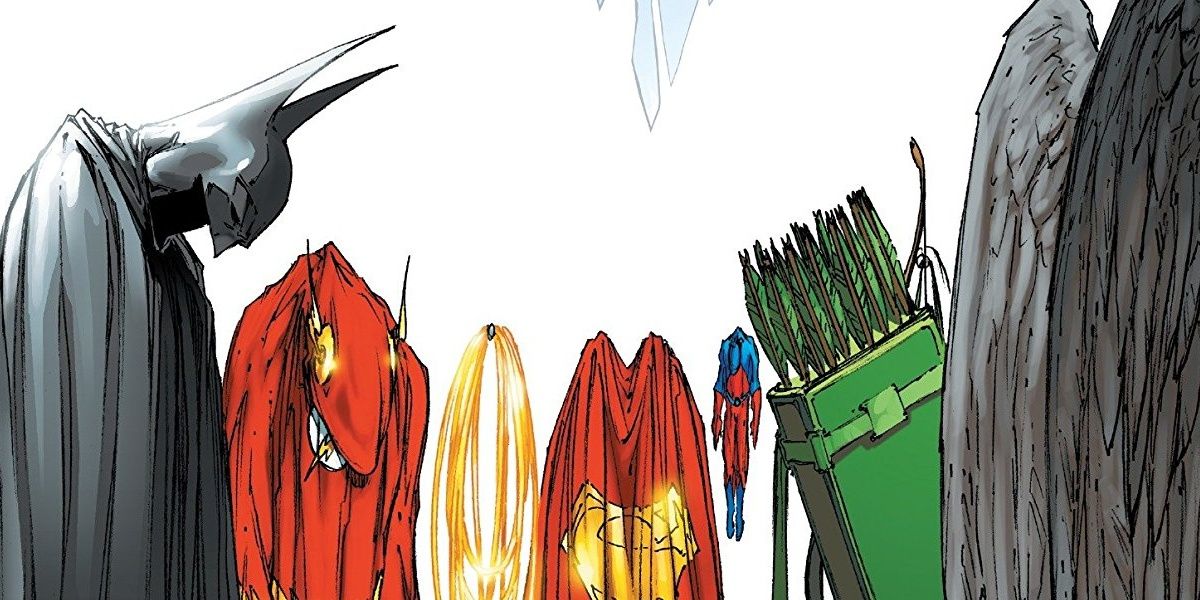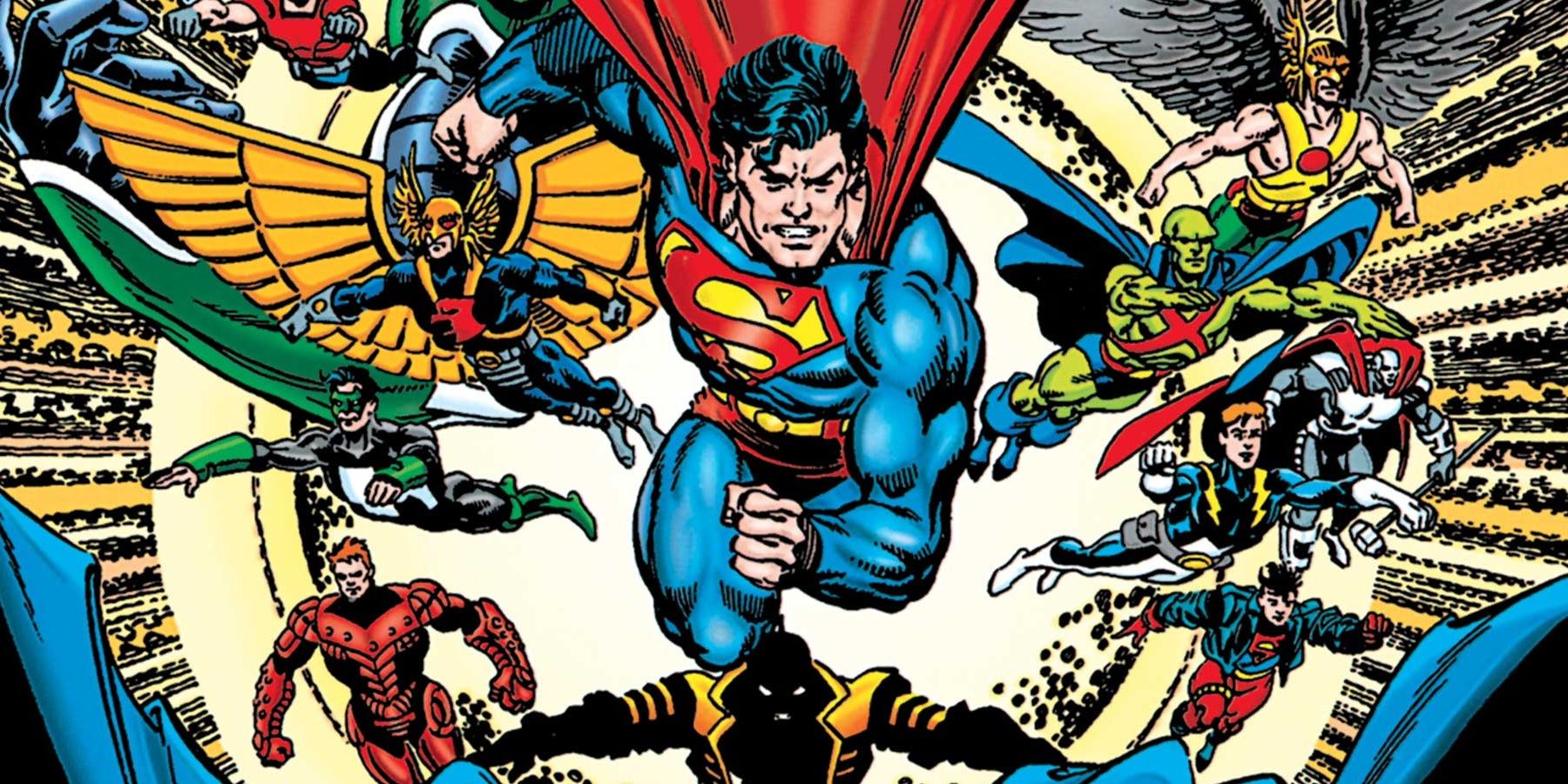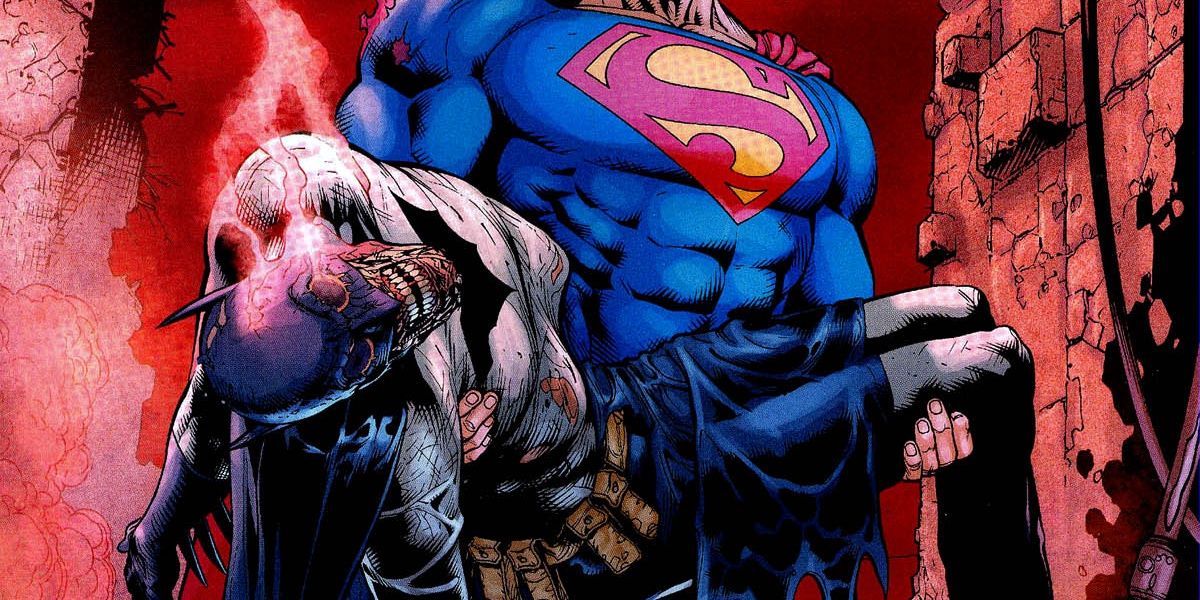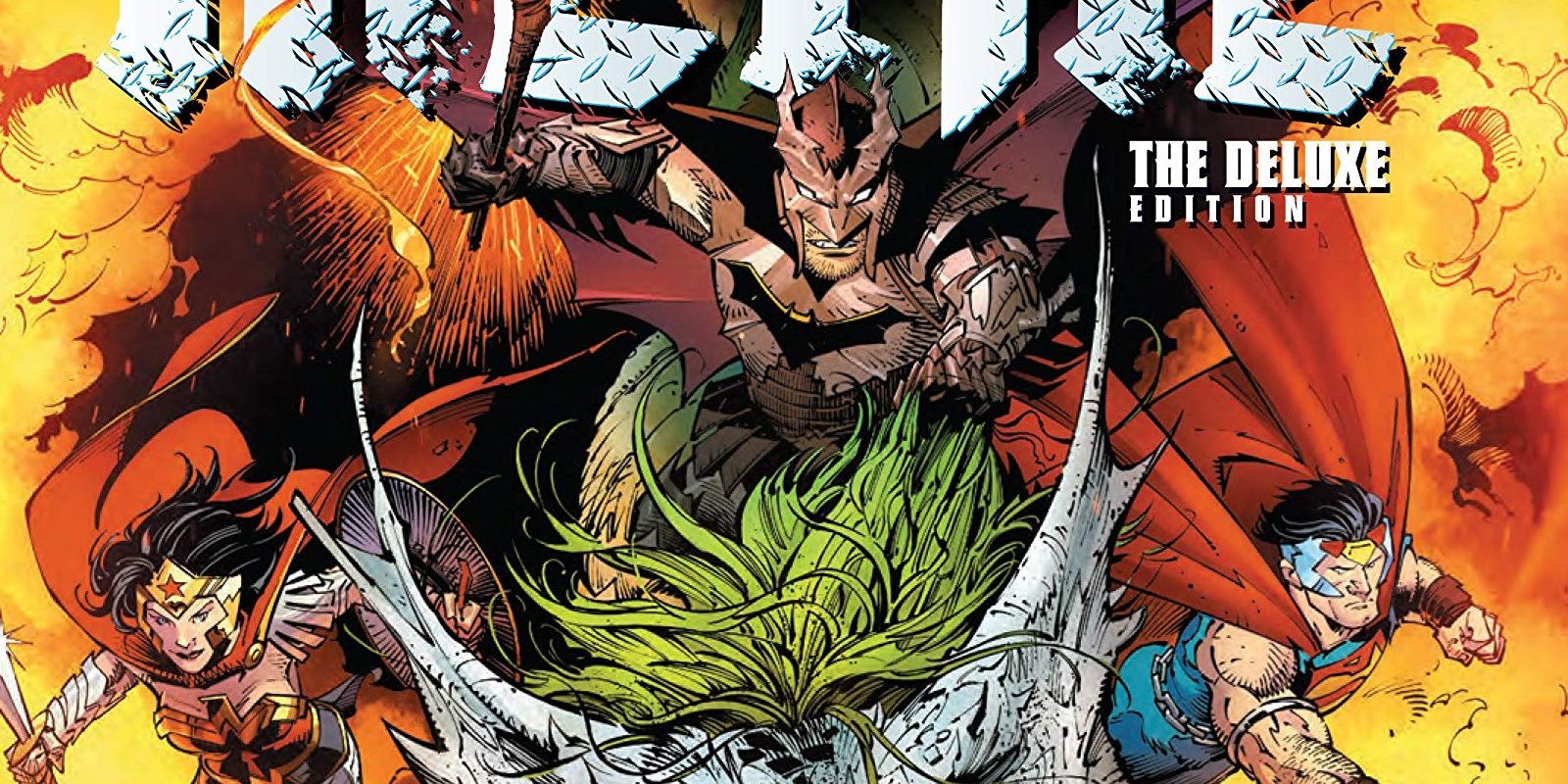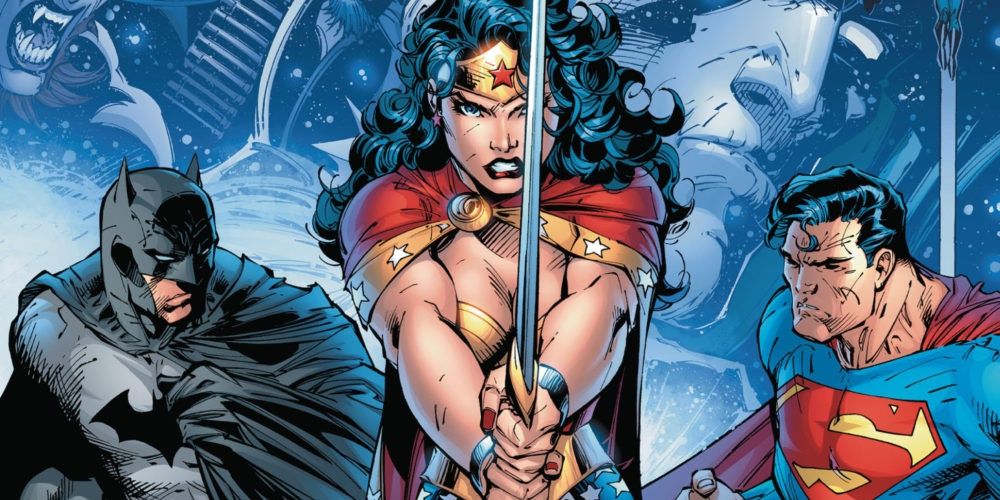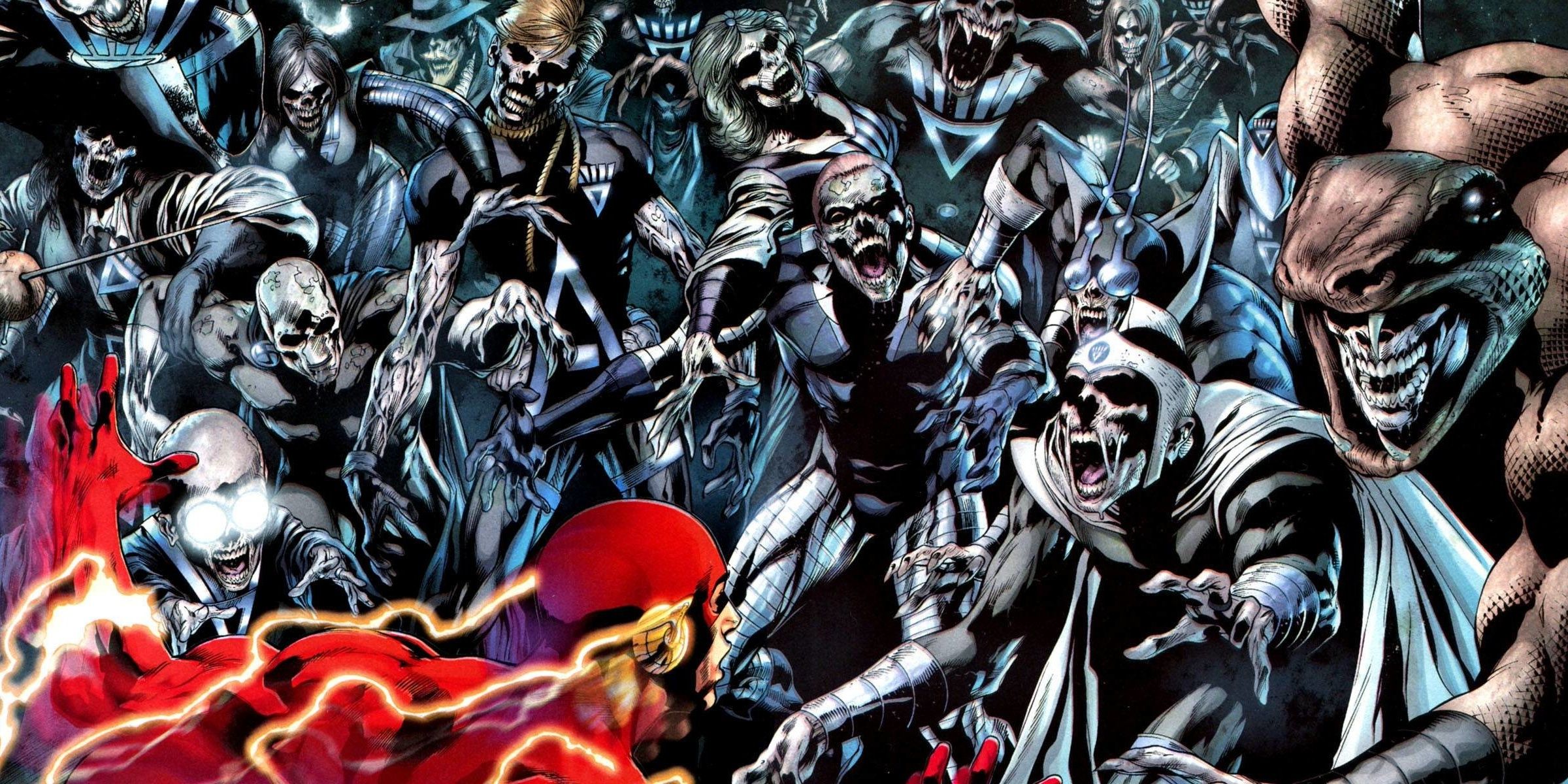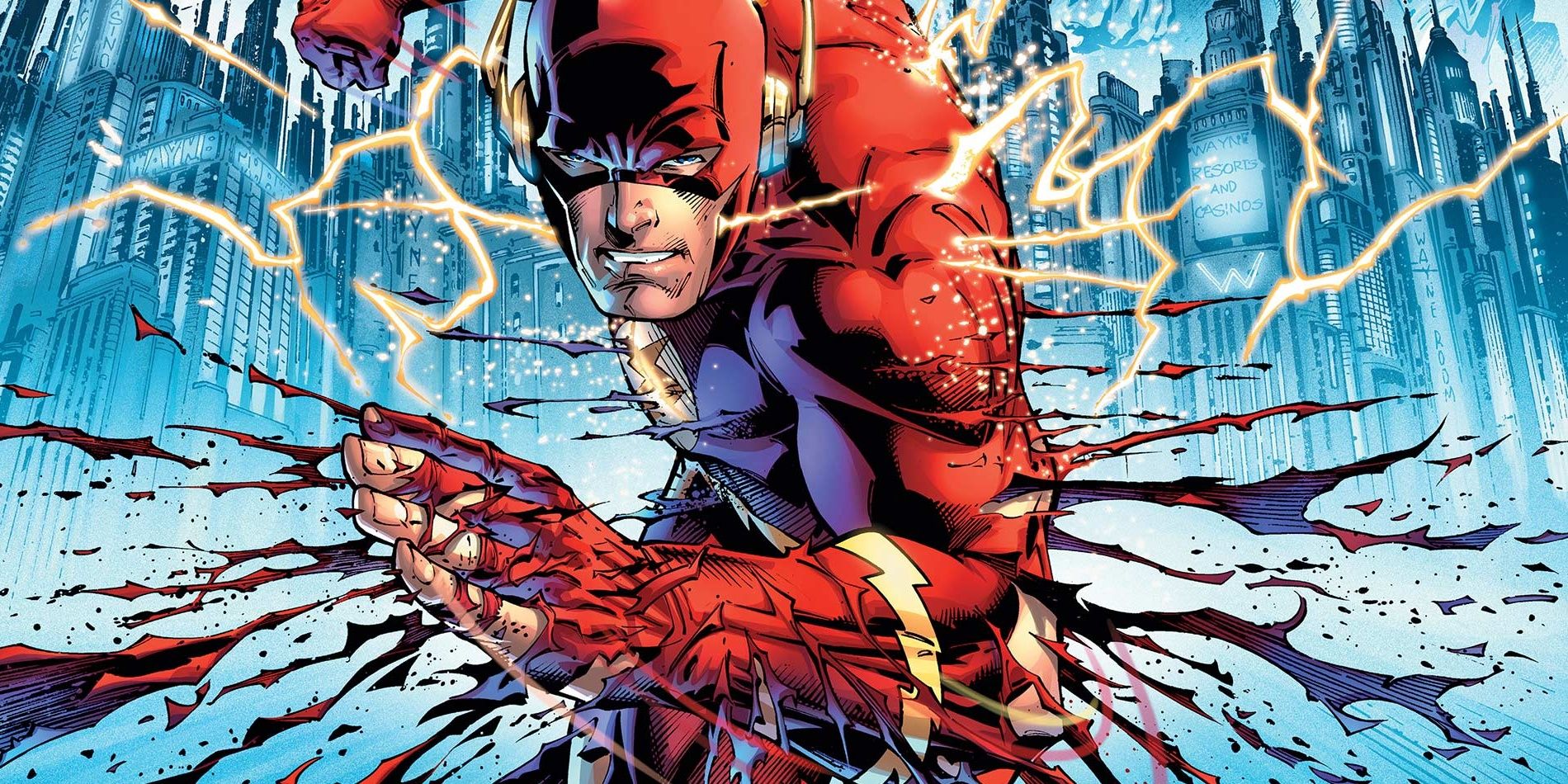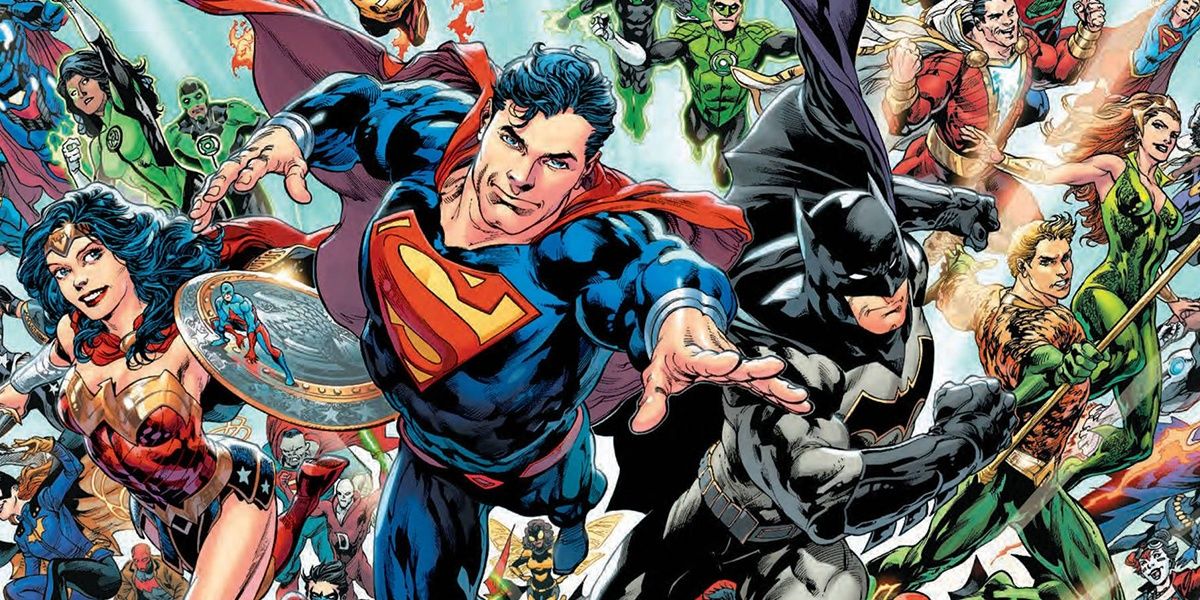Within Marvel and DC especially, event books are typically incredibly massive stories with grand stakes and feature an incredibly wide cast of characters. Oftentimes, these events are advertised as world-changing crises that will make sure nothing is the same again. However, while the scale of the threat may be new and great, the rest of the universe tends to settle back into how things were.
Every so often though, certain events will come along that actually do leave a pretty big change on the respective universe. Over the years, both Marvel and DC have had some pretty important ones. DC, in particular though, seems to have a more recognizable slate of events, thanks to their labeling of “Crisis” somewhere within the title. To take a look at some of the publisher’s stronger and more impressionable events, here is our list of 10 DC events that actually did change the entire universe.
10 Crisis On Infinite Earths
To this day, Crisis on Infinite Earths remains one of the biggest events that DC has ever put out. It is still being mentioned and referenced in current books, many years after its original publication. The story itself is incredibly massive and features all sorts of DC heroes from all sorts of alternate realities as they all came together to face a massive threat.
After the story’s conclusion, massive changes were made to the main DC universe. Several origin stories were changed or updated, Barry Allen and Supergirl were both dead, and all of the Golden Age DC heroes were once again part of the main universe. This event alone served as a “clean up” of DC continuity of sorts and offered an updated and fresh take for newer readers. While there were still certain things that were still confusing, the events that followed Crisis On Infinite Earths proved to be appreciated by fans and critics alike, leading into one of the longest lasting changes in comic continuity ever.
9 Convergence
During the New 52, Convergence was advertised as an event that would be very similar to Crisis On Infinite Earths. The large appeal to the massive event was that readers would have a chance to see some fan-favorite alternate characters. However, the series itself proved to be rather disappointing with a heavy focus on the characters from the New 52 Earth 2 series, rather than anyone else.
Aside from the lackluster story though, Convergence still proved to have some lasting effects within the main DC Universe. The biggest one being that the original Superman from before the New 52 had managed to find his way into the main/current DC Universe. A few years after the conclusion of Convergence, it was revealed that this Superman was living in this universe since the formation of the Justice League. After realizing that this world didn’t need a Superman, he lived a quieter life with his family, raising his son with Lois Lane. This reveal would then come to play an even greater role in the DC Rebirth relaunch, making Convergence one of the more important DC events in recent years, even though it left a lot to be desired.
8 Identity Crisis
Identity Crisis is one of those stories that left a lot of fans divided. The story itself is actually a much darker, smaller-scale event that looks closely at the DC superheroes as they encounter a threat from within their own ranks. Furthermore, once the series of twists and turns was finally at an end, there were definitely some major changes made to the DC Universe.
At the end of Identity Crisis, the Justice League had been disbanded, allowing a new team to come together to set the status quo going forward. Likewise, major changes were made to Tim Drake’s life, thus having a major effect on books like Batman and Teen Titans. Eventually, most of the things that had been shaken up by Identity Crisis would settle, but there were still a few drastic and lingering changes that would go on to last a long time.
7 Zero Hour: Crisis in Time
Following the destruction of Coast City around the time that Superman made a triumphant return from the dead, Hal Jordan became susceptible to Parallax's influence. In his devastation, Parallax would completely consume Hal’s mind and set his sights on the entirety of the DC Universe. With the influence of Hal’s mind and emotions still in there, this new, evil version of the character attempted to rewrite history in his favor.
Of course, the heroes are able to stop the villain before anything too drastic occurred. Zero Hour also didn’t change up too much continuity either. However, the miniseries still served as a soft-reboot of sorts and attempted to outline a more specific timeline for the DC Universe. While there were still come confusing points in continuity, the few changes the series made would last. Likewise, it would change the status quo for Hal Jordan and other Green Lantern books all the way up until Geoff Johns took the reigns of the series in the mid 2000’s.
6 Final Crisis
Many notable changes were made to the DC Universe following the conclusion of Final Crisis. After one of Darkseid’s plans succeeds in acquiring him the Anti-life Equation, the Earth becomes devastated, leaving it up to the few remaining DC heroes to take him down. The biggest change to come out of Final Crisis was the death of Bruce Wayne. In an attempt to take down such a dangerous foe, Batman was able to inflict a mortal wound on the God, thus making him easier to defeat.
Though Darksied ultimately put an “end” to the Dark Knight, the entirety of DC’s Batman line was changed to reflect Bruce’s absence. Batwoman took over the likes of Detective Comics while Dick Grayson and Damian Wayne ascended to the roles of Batman and Robin. Furthermore, Final Crisis also introduces several new concepts for Superman, eventually developing further in Grant Morrison’s Multiversity story. Lastly, the series succeeded in resurrecting Barry Allen, setting some drastic changes up for the Flash mythos.
5 Dark Nights: Metal
Recently, comic legends Scott Snyder and Greg Capullo shook things up in the DC Universe with the release of Dark Nights: Metal. The series focused heavily on Batman as he was manipulated into opening a doorway to the Dark Multiverse. After a bunch of evil versions of himself came through and captured him, it was up to the Justice League and other heroes to save the Earth from the reign of these even darker versions of the Dark Knight.
After Dark Nights: Metal concluded, several new heroes were introduced, offering new, unique and fun characters into the constantly expanding DC Universe. While most of these new series didn’t last too long, the Batman Who Laughs has managed to continually haunt the heroes of DC. Going forward, Snyder and DC have both made it clear that the Batman Who Laughs will continue to hold a large presence in the DC Universe, making him one of the biggest lingering effects from Dark Nights: Metal.
4 Infinite Crisis
Infinite Crisis was a sort of indirect sequel to Crisis on Infinite Earths, despite coming several years later. Once again, the story involved several different earths and timelines, and featured an assortment of alternate versions of characters. The series culminated with the downfall of Superboy Prime and Wonder Woman Murdering Maxwell Lord in front of the entire world.
After its conclusion, all books that were published after Infinite Crisis jumped one year into the future. This meant that a lot of explaining was necessary as some characters were in drastically different positions from when audiences last saw them. Furthermore, audiences got to see the effect of a world without a Trinity, Superboy (Conner Kent), and much more. While many of the pieces would eventually settle into place once again, Infinite Crisis still had a great and immediate effect on the DC Universe, and was occasionally referenced all the way up until the New 52 relaunch.
3 Blackest Night/Brightest Day
As one of the bigger moments in Geoff Johns’ run on Green Lantern, Blackest Night saw the rise of the Black Lantern Corp as they tried to take over the world. Within the emotional spectrum, the Black Lanterns represent death, meaning that several DC heroes were resurrected as zombie versions of themselves. As a result of the threat, the other Lantern Corps along with the remaining DC heroes, had to band together to take out the Black Lantern Corps.
As a result of the miniseries, several key DC heroes returned from the grave and had to reestablish their place within the universe. The large return of characters brought back a lot of fan favorites and maintained the status quo until the New 52 relaunch. The miniseries also showcased and expanded on DC’s already vast cosmic stories, making them feel much more relevant in the grand scheme of things. Not only is Blackest Night one of DC’s best modern event books, but it is also one of the more impactful.
2 Flashpoint
Even after all the years since its conclusion, Flashpoint remains one of DC’s most popular event books to date. The series follows Barry Allen after he wakes up without his powers in a world without the Flash. As a result, several other massive changes were made, including Thomas Wayne as Batman and a mysterious absence of Superman.
Of course, Barry is eventually able to reestablish reality find his way back home, repairing the damage done to the timeline in the process. However, Barry ended up doing too good a job, as he blended three different forms of continuity together into one, thus creating the New 52 DC Universe. The New 52 was a massive change in continuity and received a lot of negative feedback in certain regards. However, the new 52 was the main status quo for DC for 5 years following Flashpoint. While the relaunch itself missed the mark in certain categories, there is no denying the impact that Flashpoint had on the DC Universe following its conclusion.
1 Rebirth
Currently, the Rebirth relaunch has been the status quo for DC since 2016. The surprising thing about such a massive event as it was, was that no continuity was changed or erased. Furthermore, the event itself is limited to a single issue. After the original Wally West fights his way out of the speed force, he and several other DC characters start to remember their lives before the New 52. Eventually it is revealed that Dr. Manhattan, a fan favorite character from Alan Moore’s Watchmen, was one of the key players in the differences between timelines.
Following the DC Rebirth one shot, every character has since been affected in some way or another. DC has tried to gradually bring things back to the way they were before the New 52. Fortunately for fans, this means that they get to watch some characters fall in love all over again, or discover themselves in whole new ways. At the moment, the first wave of Rebirth is coming to an end in the pages of Doomsday Clock. Even after all this time, this single event is continuing to hold a grand impact in the larger scale of the entire DC Universe.

